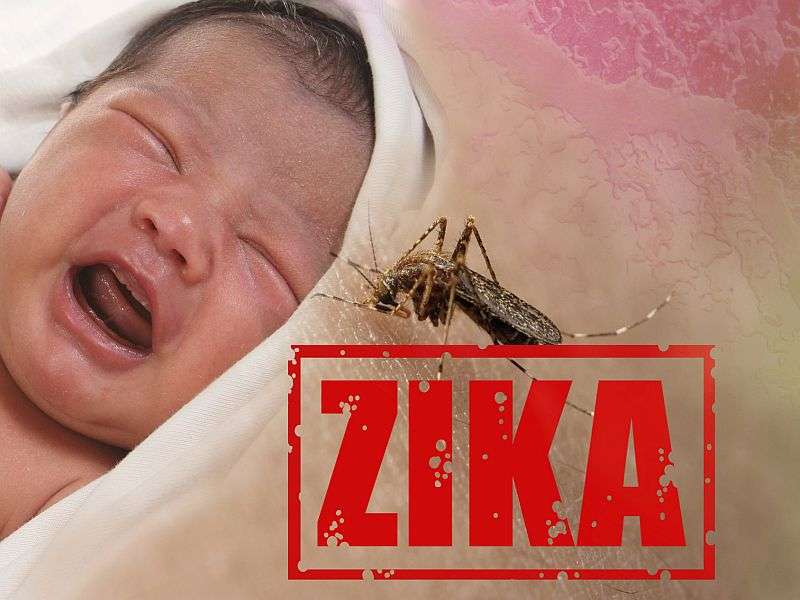(HealthDay)—The devastating mosquito-borne Zika virus can infect cells that play a role in skull development, a new study finds.
The findings may help explain why Zika infection during pregnancy can lead to babies with smaller-than-normal heads and brains, a birth defect called microcephaly.
In laboratory experiments, the Stanford University researchers discovered that cranial neural crest cells are vulnerable to Zika. These cells form the majority of bone and cartilage of the head and communicate with the developing brain.
"Our in vitro studies raise an intriguing possibility that the Zika virus can infect human cranial neural crest cells in the developing embryo, which in turn could influence brain development," said co-senior author Joanna Wysocka, a chemical and systems biologist at Stanford.
Neural crest cell formation occurs during the first trimester, "which intriguingly has been correlated with poor birth outcomes in Zika-infected mothers," she said in a Stanford news release.
The study was published Sept. 29 in the journal Cell Host & Microbe.
Although the findings offer leads for future research, the study doesn't provide direct proof that
Zika infects cranial neural crest cells in animals or humans. Nor does it offer evidence that such infection would be sufficient to result in microcephaly, the researchers emphasized.
More information: The U.S. Centers for Disease Control and Prevention provides more information on mosquito-borne diseases.
This Q & A will tell you what you need to know about Zika.
To see the CDC list of sites where Zika virus is active and may pose a threat to pregnant women, click here.
Nicholas L. Bayless et al, Zika Virus Infection Induces Cranial Neural Crest Cells to Produce Cytokines at Levels Detrimental for Neurogenesis, Cell Host & Microbe (2016). DOI: 10.1016/j.chom.2016.09.006
Journal information: Cell Host & Microbe
Copyright © 2016 HealthDay. All rights reserved.






















